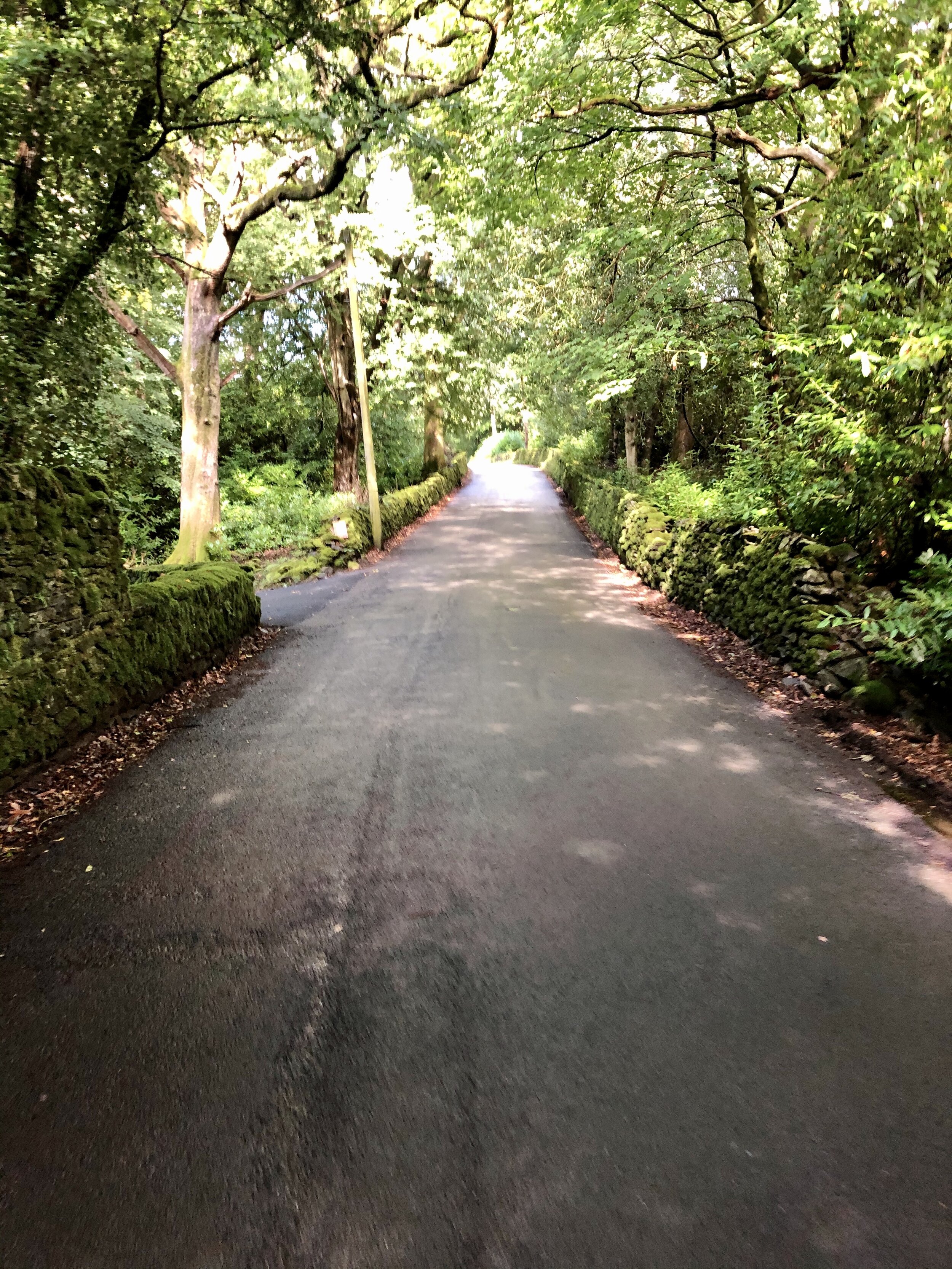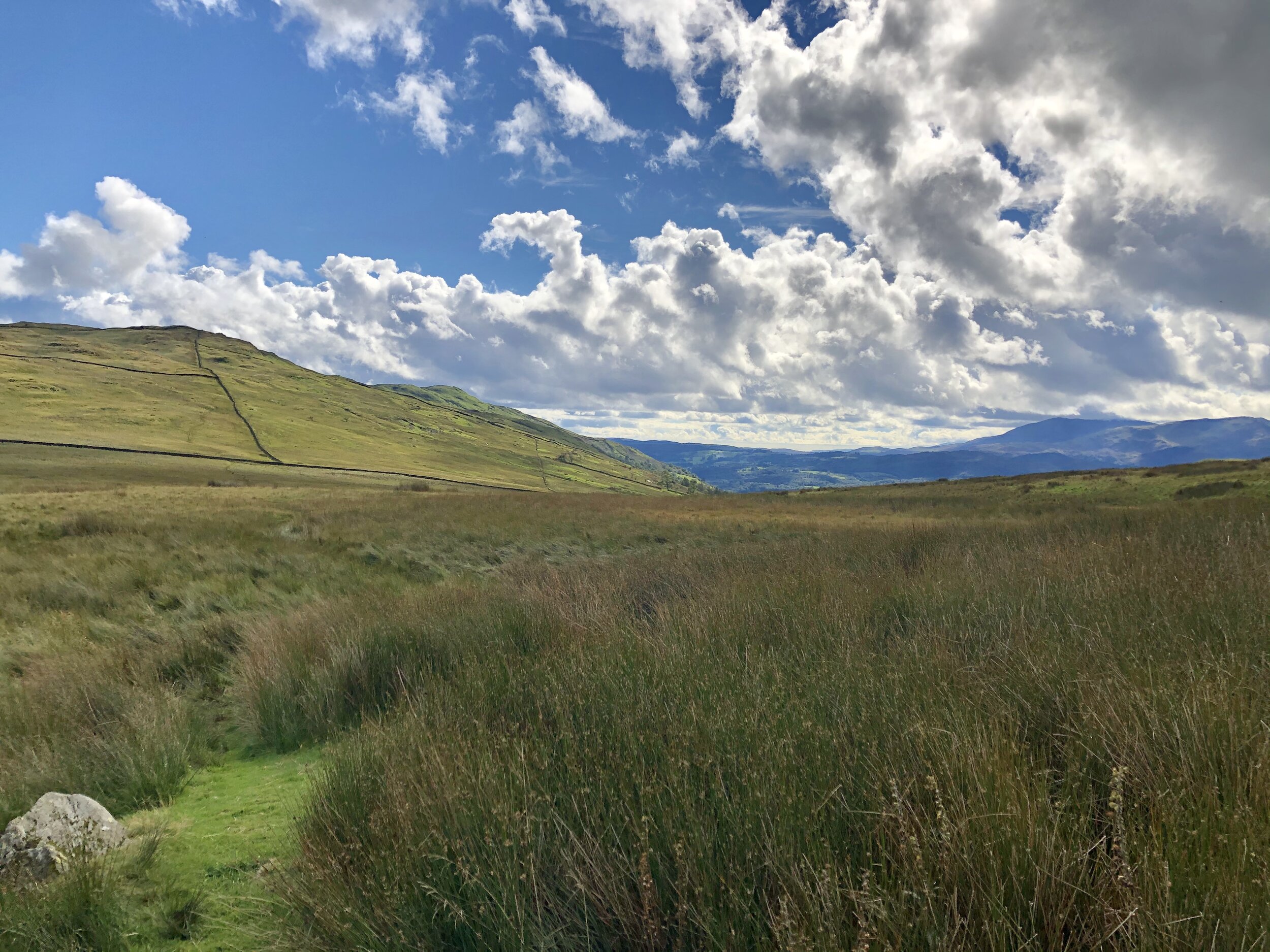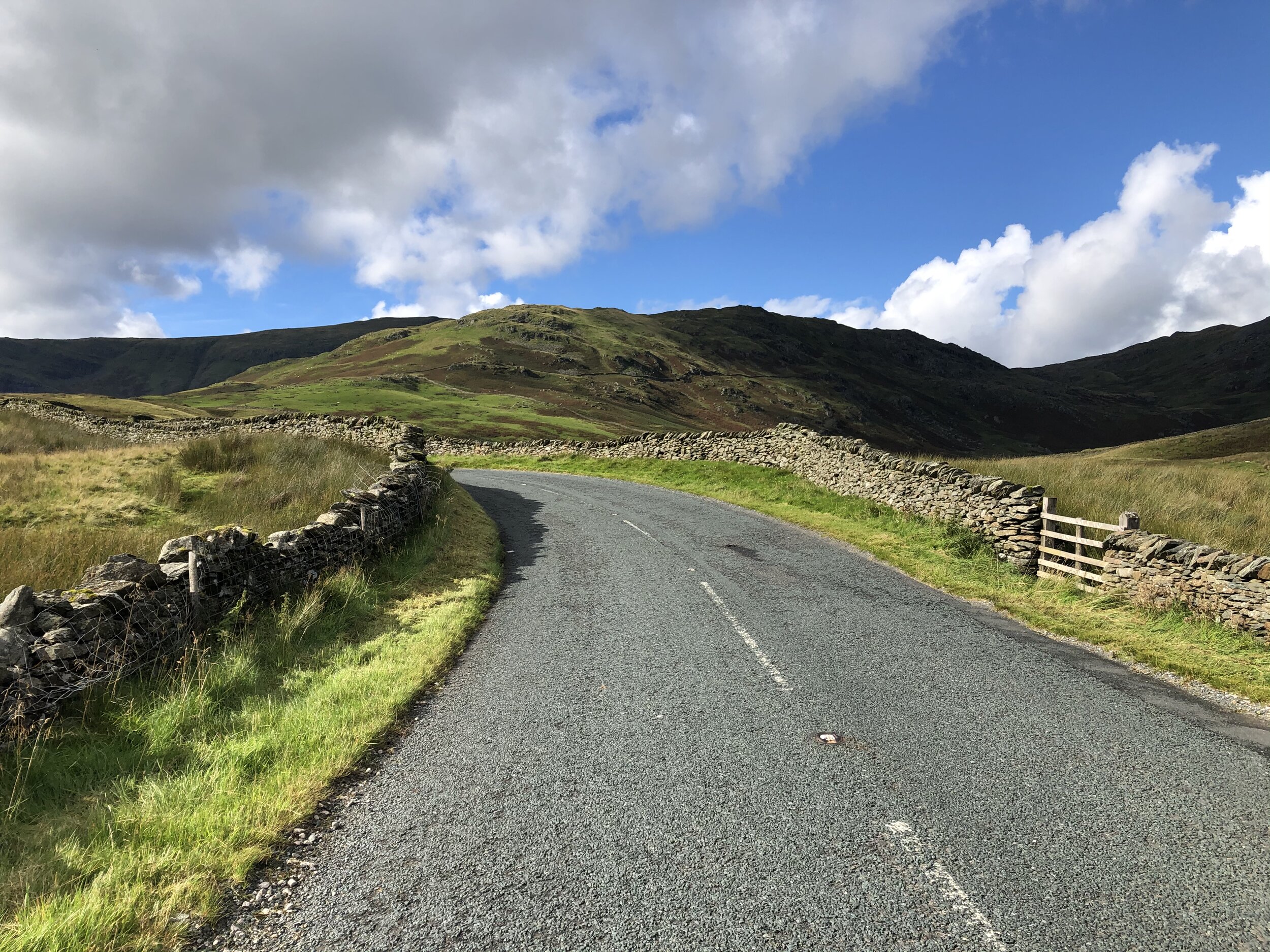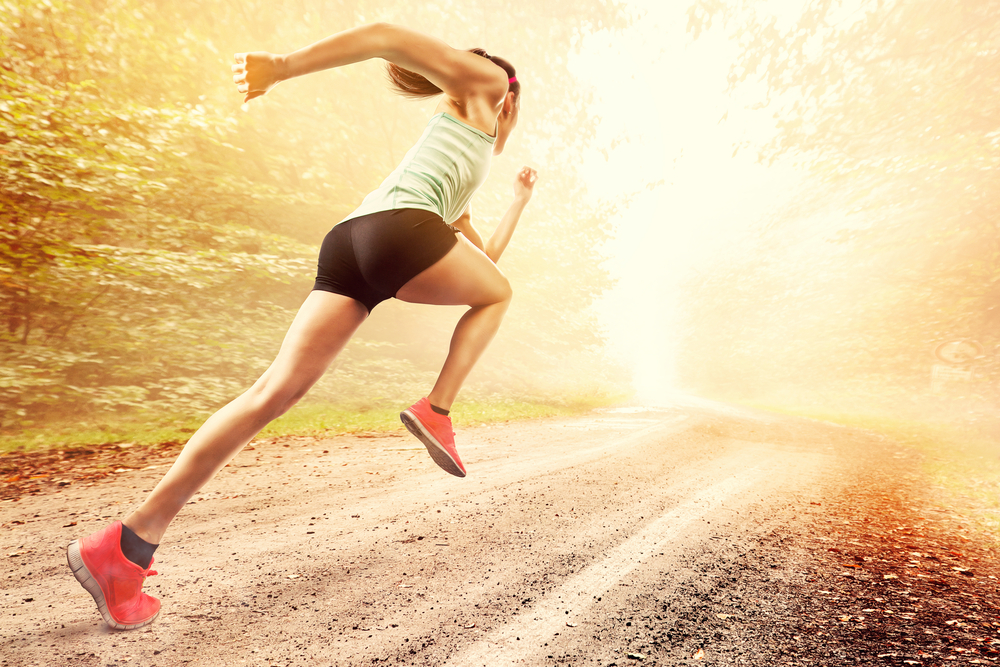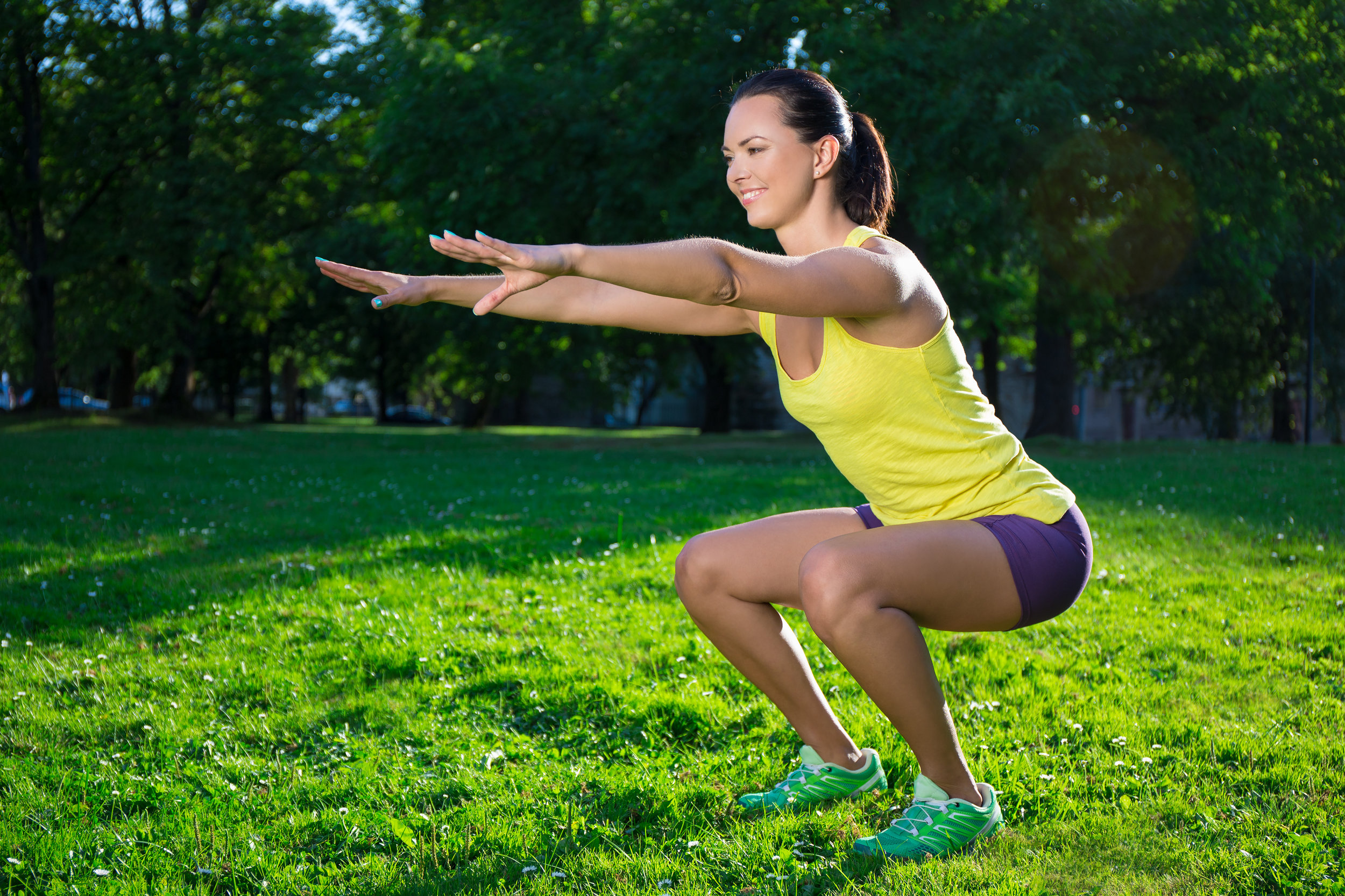It’s an often talked about topic in health and fitness. Many of us say ‘I’d like to have more energy’ or 'I want to feel less tired’. What actually is it that we’re asking for? How do I get more of it? Is it a real 'thing’ or some mystical force like the powers superheroes possess in the movies?
As with most things health and fitness, the answer is far from black and white. There are numerous reasons why you may feel more or less energetic. Let’s have a look at what they are.
Food energy
Your body needs calories from carbohydrates, fat and protein to live. You get these from food and drink which in turn get this energy from the sun. If you eat plants they absorb the energy directly and if you eat animal produce they’ve absorbed energy from sunlight and from the plants they’ve eaten. These foods are converted inside you to something known as ATP. This is the energy currency of your body and it’s the only one it accepts.
It’s easy then. If I just eat more I’ll have more energy! Well yes to a certain extent, if you don’t eat enough your energy levels will be lower, much like if you don’t fill your car with petrol it can’t run. However, it’s not simply about quantity but also quality. For your body to convert the food into usable energy, it needs vitamins and minerals. This means you need foods that provide these in order to best access the energy, one of the reasons why getting your five-a-day is so important.
The quality of the food also has an impact on what your body does with it. High sugar, refined foods cause your blood sugar levels to rise rapidly. Your body panics as too much sugar in your blood is harmful and so it rapidly releases a hormone known as insulin. Its job is to store away this energy to bring blood sugars back to normal and make you safe. This increases the likelihood of your body storing this food as fat, especially when your energy stores for your muscles and organs are already topped up because you haven’t done much exercise (we’ll look at that in a bit).
Because your body panics when it senses rapid rises in blood sugars, it releases lots of insulin. This often means that too much sugar is removed from your blood and you feel really weak and tired. You know that feeling mid-afternoon after a big lunch or shortly after you’ve indulged in a sizeable treat? So rather than these energy rich foods giving you more energy, they actually make you feel more tired.
Key messages for food energy:
1) Are you eating enough? Your body needs enough food to make enough energy.
2) Are you eating the right nutrients i.e. a mixture of healthy carbohydrate, fat, protein, vitamins and minerals?
3) Are you eating too many refined, processed foods? Even though they’re full of energy, they’ll leave you feeling exactly the opposite.
Fluid energy
Water plays a key role in keeping you energised too. That’s because your blood is mostly made of the stuff and it’s your blood that carries the nutrients we’ve already talked about around your body.
So how much should you drink? Multiply your weight in kilograms by the figures below to help you work it out:
Age (years)
Multiply your weight in kg by this figure
16-30
0.035-0.04 (dependent on the individual)
31-54
0.03-0.035 (dependent on the individual)
55-65
0.03
65+
0.025
There are other things to consider too:
How much exercise do you do? If you train regularly, use this guide created by the American College of Sports Medicine to work out how much extra fluid you need: https://www.acsm.org/docs/brochures/selecting-and-effectively-using-hydration-for-fitness.pdf
Warmer climates will mean you need to drink more than normal, as will illness.
There is water in food too. If you’re eating your five-a-day and a normal diet you’ll get around 20% of your daily fluid needs.
Caffeinated drinks probably won’t dehydrate you like you may think. Most of what is in a cup of coffee is water so this will actually offset the dehydrating effects of caffeine.
Alcohol on the other hand will definitely dehydrate you.
How do you feel? If you’re dehydrated you need to drink more. You can also use urine colour as an indicator; it should be light or straw coloured.
Key messages for fluid energy:
1) Are you drinking enough water for your needs?
2) Are you dehydrated? Use how you feel and urine colour as an indicator.
3) Are you getting fluids from healthy foods like fruit and vegetables?
Hormonal energy
Your body has a range of glands that produce special messengers called hormones. These perform a vast range of roles in your body, from making you feel good to ensuring your metabolism works properly. Some of the key hormones are:
Insulin and glucagon
Thyroxine
Serotonin
Adrenaline and cortisol
Between them they can play a huge part in how energetic you feel. Let’s have a little look at why.
Insulin and glucagon – this pair of hormones work together to control your blood glucose levels. This is important, as your brain needs a steady supply of glucose to enable it to function. You know that confused, weak, irritated or dizzy feeling you can get when you haven’t eaten for hours? If your blood glucose drops too low, glucagon leaps into action telling your body to release some it has stored away for emergencies like this. That’s why sometimes you can be hungry, not eat and your hunger goes away. You only have a limited supply though, so it’s important to top up with quality carbohydrate.
Insulin on the other hand goes to work when your blood glucose is too high, like after a big meal or that half packet of biscuits. When you overindulge your body can overreact, releasing too much insulin and sending blood glucose levels lower than normal. This makes you feel lethargic and sleepy, like after that big Sunday roast. So you see, get the balance of these hormones wrong and you’ll feel much less energetic. Do it too often with overeating or unhealthy foods and you can develop diabetes. This is when your body becomes resistant to the insulin it produces and will have an even more dramatic impact on energy levels.
Thyroxine – this is one of the hormones made by your thyroid gland that has a big impact on your metabolism. People with underactive thyroid will find they feel tired and can gain weight easily, whilst those with an overactive thyroid may be unusually energetic, have a racing heart, high temperature and sweating. Both obviously cause unusual fluctuations in your energy levels. If you recognise any of these symptoms and they are unusual, you should definitely visit a GP to discuss it.
Serotonin – along with other substances, this has a big role to play in your mood. Technically it’s not a hormone, it’s a neurotransmitter, meaning it creates connections in your brain but let’s not split hairs. Research is fairly clear here; low serotonin is linked to higher rates of depression with mood increasing as levels increase. Depression is often linked to a feeling of lethargy and low energy so again we have another possible explanation for how energetic we may feel.
There are some lifestyle changes we can make to boost our levels of serotonin, namely:
Get outside – sunshine plays a big part in our levels.
Exercise – movement also increase serotonin. And what’s better, if you link to the first point you can get a double whammy. This is one theory for why exercise makes us feeling good, often more energetic after than we were when we started which if energy were just calories would be completely illogical.
Nutrition – your body makes serotonin from a substance called tryptophan and you can find this in certain foods. Eating them regularly may boost levels although this certainly isn’t proven yet. The foods contain plenty of other nutrients so they won’t do any harm though. Good sources include turkey, chicken, eggs, milk, bananas, corn, nuts and seeds, beans and lentils.
Adrenaline and cortisol – these are your ‘fight or flight’ hormones. They kick in when your body is faced with a stress, be it a physical or mental one and cause a chain reaction of events that supply your muscles and brain with more energy. Too little and you’ll feel lethargic, almost like having your foot constantly on the break in the car. Too much and you can burn yourself out. Imagine driving with your foot flat on the accelerator constantly. Get the balance right and your energy levels will rise. So how can you do this?
Get the balance of exercise and rest. Don’t train hard or long every single day. Your body gets fitter whilst it recovers, not when it’s actually exercising. If you don’t give it time to recover, well it won’t recover and you’ll be left feeling more tired and less fit than before. Some think that overdoing exercise (or work) can cause your adrenal glands to struggle to produce as much as you require. This is referred to as ‘burnout’ and leaves you feeling constantly exhausted and able only to perform short, low intensity exercise before getting tired.
Sleep – moderate exercise has been shown to improve sleep. There are lots of other things you can do to and I’ll be telling you more about these in my new ‘Balance Guide to Better Sleep’ coming soon.
Mix light with dark – cortisol is triggered by light so if you spend too long indoors you’ll get less and may feel less energetic. Leave the lights on or expose yourself to TV’s, computer screens and even standby lights late at night and you can elevate levels when you’re trying to nod off. It all comes back to getting that balance just right.
Key messages for hormonal energy:
1) Control both portion size and food quality to ensure balance of your insulin levels and help maintain a steadier supply of energy to your brain and organs.
2) Boost levels of serotonin and other happy hormones by getting some sunshine, exercising and eating healthily.
3) Moderate exercise with enough time for rest and recovery will also help keep your adrenaline and cortisol levels in balance.
Positive mental energy
Call it what you like depending on your view of the world…happiness, emotional energy, positive mental attitude, spiritual energy, chi; your mind plays a huge part in how energetic you feel.
Ever noticed how certain sportspeople seem to be injured more when they’re losing? And how five minutes later when they’re winning again they seem to be able to jump higher, run further and faster.
Maybe then there are things we can do to create this mindset for more energy. I’m not saying I know all of the answers here, but in my experience the following seems to help:
Do what you love. Having a job or a hobby that you’re passionate about increases your energy for it.
Surround yourself with positivity. Being in an environment full of energetic people tends to lift us up with them.
Focus on the positives. Set goals about thinks we want rather than things we don’t. See the learning to be gained in things that haven’t gone quite to plan. Be optimistic. As Monty Python once sang…’always look on the bright side of life.’
On the flip side there are things that can sap us of energy. These include pain, negative emotions, arguments, physical and mental illness. Seeking help from medical practitioners for physical ailments or counselors for psychological ones may be a great way to help manage or overcome some of these instances and move us back to a feeling of greater energy.
Key messages for positive mental energy:
1) Control both portion size and food quality to ensure balance of your insulin levels and help maintain a steadier supply of energy to your brain and organs.
2) Boost levels of serotonin and other happy hormones by getting some sunshine, exercising and eating healthily.
Physical energy
As mentioned earlier, logically exercise will leave you feeling more tired than when you started. If you do a very long or very hard exercise session then it certainly will, but moderate exercise seems to leave you feeling more alert, awake and energetic than before you started. Why is that?
Chemicals – as you’ve already seen, exercise changes levels of a wide range of hormones and neurotransmitters including adrenaline, serotonin and dopamine.
Fresh air – light and nature have both been shown to boost mood and energy, particularly green spaces and water.
Movement – being seated causes joints and muscles to tighten, leading to aches and pains and less energy as a result. Standing or moving around can help to wake up your body leaving it moving more freely and increasing your energy levels.
Socialising – often we exercise with others and human interaction is essential to happiness. Happiness is a big part of energy and so the two go hand in hand.
Distraction – exercise can take our mind off of our daily stresses and as they ebb away we feel our energy levels start to rise.
Key messages for physical energy:
1) Moderate exercise can leave us feeling more energetic than before we began for a wide range of reasons. Just 30 minutes a day getting a little breathless will make a difference.
2) Hard exercise can work too but we’ve got to be careful to get the balance right or we’ll end up feeling more tired. Imagine it like your bank account, too many withdrawals and not enough deposits and you’ll put yourself in the red.
Summary
Why we feel more or less energetic is not as simple as we might at first think. It is a complex mix of our nutrition and fluid intake, physical and mental wellbeing and the changes these bring about to the numerous chemicals and systems in our body.
If you’ve been feeling sluggish or low on energy, have a think about what we’ve just covered and maybe choose just one thing to change to see if it makes a difference. If it does, you may have found your answer, if not simply try changing another. Change too much at once and it can be quite stressful, making you feel even less energetic! You also won’t be able to work out which of the things was the route cause of your low energy levels.
I hope you’ve found this useful. Remember you can get in touch at any time if you’d like more help.
Stay balanced,
Paul
0775 200 1203







